Watering my tomatoes
daniel_nyc
9 years ago
Related Stories

EDIBLE GARDENSSummer Crops: How to Grow Tomatoes
Plant tomato seedlings in spring for one of the best tastes of summer, fresh from your backyard
Full Story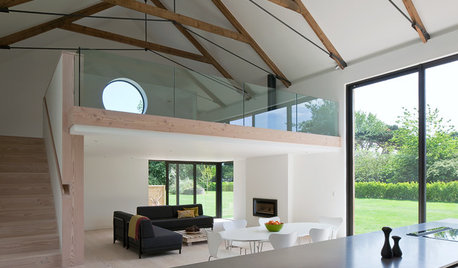
ARCHITECTUREHouzz Tour: Fresh Ideas in a Former Tomato Packing Shed
A formerly metal-clad structure is now a beautiful wood home designed to capture the light and preserve open space
Full Story
GARDENING GUIDESEssential Watering Tips for Your Edible Garden
To give your edible plants just what they need, check out these guidelines for how, when and how much to water
Full Story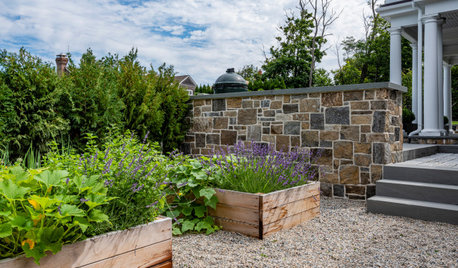
GARDENING GUIDES9 Ways to Be Water-Wise in the Edible Garden
Consider these tips to get a healthy backyard crop that uses less water
Full Story
SAVING WATERXeriscape Gardens: How to Get a Beautiful Landscape With Less Water
Conserve water and make gardening much easier with the xeriscape approach’s 7 principles
Full Story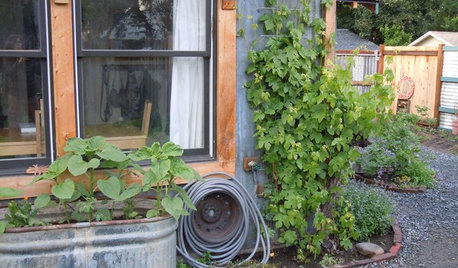
GARDENING GUIDESEdible Gardening Essentials: Tips for Traditional Hand Watering
Save the expense and hassle of a complicated garden system with a simple watering can or inexpensive hose add-ons
Full Story
FARM YOUR YARDHouzz Call: Home Farmers, Show Us Your Edible Gardens
We want to see where your tomatoes, summer squashes and beautiful berries are growing this summer
Full Story
GARDENING GUIDESCalifornia Gardener's June Checklist
Update your hydrangeas, catch up on tomatoes and more ways to enjoy your California garden in June
Full Story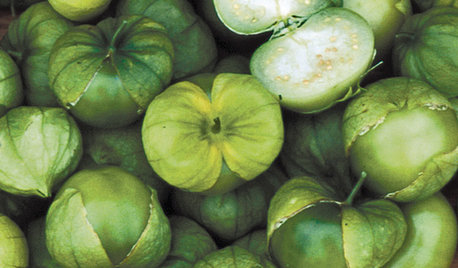
SUMMER FRUITS AND VEGETABLESSummer Crops: How to Grow Tomatillos
Grow this Mexican native for the freshest salsa verde — and for fewer problems than its tomato cousins
Full Story0
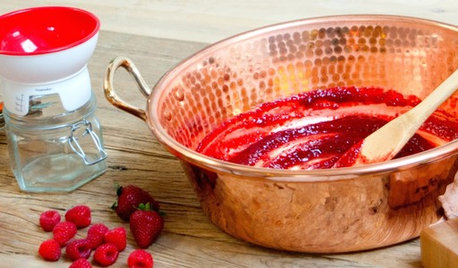
SHOP HOUZZHouzz Products: Save a Taste of Summer
Can't bear to part with the flavors of summer peaches, berries and tomatoes? Then jam on it!
Full StorySponsored
Custom Craftsmanship & Construction Solutions in Franklin County
More Discussions






PupillaCharites
daniel_nycOriginal Author
Related Professionals
Benbrook Landscape Architects & Landscape Designers · Indio Landscape Contractors · Lorain Landscape Contractors · Ringwood Landscape Contractors · University City Landscape Contractors · West Haverstraw Landscape Contractors · Wethersfield Landscape Contractors · Woodbury Landscape Contractors · Aberdeen General Contractors · Berkeley General Contractors · Coshocton General Contractors · Country Club Hills General Contractors · DeKalb General Contractors · Rossmoor General Contractors · Winchester Center Stone, Pavers & Concreteseysonn
daniel_nycOriginal Author
daniel_nycOriginal Author
Jennie Sims
daniel_nycOriginal Author
Seysonn_ 8a-NC/HZ-7
Pumpkin (zone 10A)
hp_MA6b
hp_MA6b
daniel_nycOriginal Author
daniel_nycOriginal Author
hp_MA6b
rgreen48
Seysonn_ 8a-NC/HZ-7
daniel_nycOriginal Author
rgreen48
daniel_nycOriginal Author
Seysonn_ 8a-NC/HZ-7
rgreen48
daniel_nycOriginal Author
rgreen48
rgreen48
rgreen48
daniel_nycOriginal Author
daniel_nycOriginal Author
rgreen48
daniel_nycOriginal Author
Seysonn_ 8a-NC/HZ-7
daniel_nycOriginal Author
Seysonn_ 8a-NC/HZ-7
daniel_nycOriginal Author
digdirt2
daniel_nycOriginal Author
Seysonn_ 8a-NC/HZ-7
daniel_nycOriginal Author